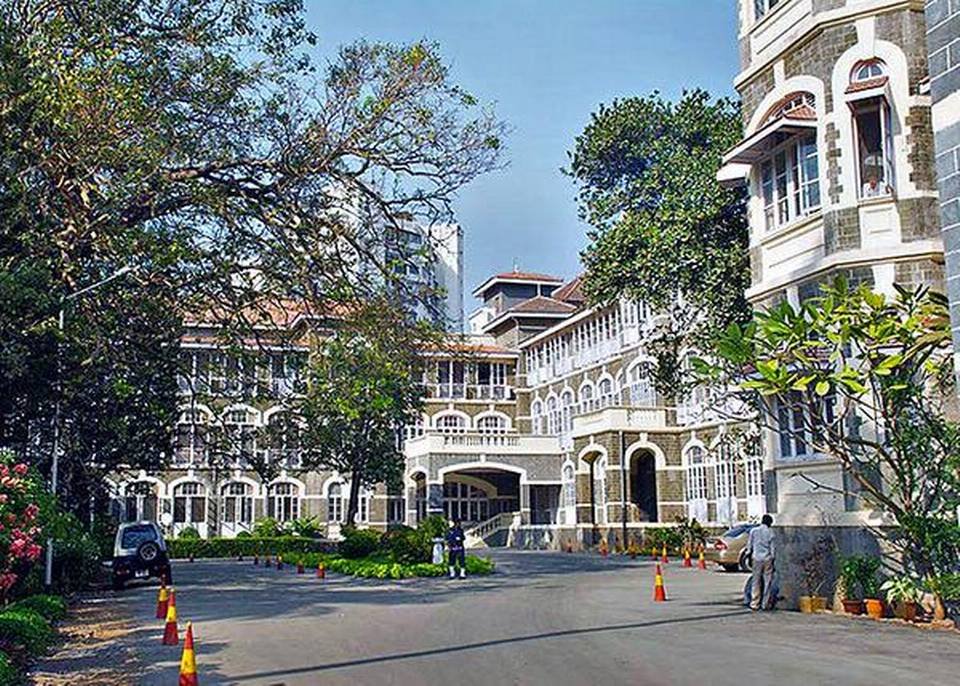Takht-e Soleymān – The Throne of Solomon
Takht-e Soleymān is an archaeological site located near the modern-day town of Takab in the West Azerbaijan Province of Iran.
The earliest occupation dates from the 5th century BC during the Achaemenid period (also called the First Persian Empire). This was followed by later settlements constructed during the emergence of the Parthian Empire (also known as the Arsacid Empire).
Takht-e Soleymān’s first phase of construction was during the Sassanian period around the 5th and 6th centuries AD where the site was called Shīz. The Sassanian’s built a fire temple of the Zoroastrian faith called the Athur-Gushnasp (Azargoshnasb) around the sacred Avestan Chechasta Lake.

According to Avestan texts (sacred Zoroastrian book), Athur-Gushnasp was one of the three principal fire temples of the Sassanians and was dedicated to the “arteshtar” or warrior class of the Sasanid. Geographers and historians from the early Islamic identified the site to the time of Chosroès I (Khosrow I Anushiravan) around 531-578 AD.
Takht-e Soleyman was destroyed in AD 627 by the Byzantines in response to a Sassanian invasion of the Roman Empire. The Byzantines destroyed the Fire Temple and it was subsequently abandoned after the Arab invasion soon after.

This site got its biblical name in the 7th century AD due to a dried up calcareous artesian well which left an empty crater-like bed about 80m deep. Legends associated the well with an “infernal cavity” called Zendan-e Soleyman “Prison of Solomon” in which according to myth, Solomon used to imprison monsters. Takht-e Soleyman subsequently became mingled with the legends surrounding the Kingdom of Solomon and was named the “Throne (takht) of Solomon”.
Takht-e Soleyman continued to be occupied as an Islamic town until the establishment of the Mongol Il-Khanid dynasty. The Il-Khanid was a khanate established from the southwestern sector of the Mongol Empire that was first ruled by the Mongol House of Hülegü, a grandson of Genghis Khan. At its greatest extent, the Il-Khanid Empire comprised of modern-day Iran, Azerbaijan, Turkey and parts of Iraq, Armenia, Georgia, Turkmenistan, Afghanistan, Pakistan, Dagestan and Tajikistan.

The Il-Khanid constructed a large summer palace, started by Abaqa, the second Mongol ruler of the dynasty, and was completed by his son Arghun. The palace was situated on the ruins of the Sassanian monuments and contained a large courtyard with an artificial lake surrounded by a fortified ovular wall.
The surviving secular structures represent a fusion of the traditions of Mongols and those from Eastern Asia that are intertwined in the established art and architecture found throughout the Il-Khanid ruins. The Il-Khanid deserted the site sometime in the mid-14th century, after which the site remained uninhabited.





